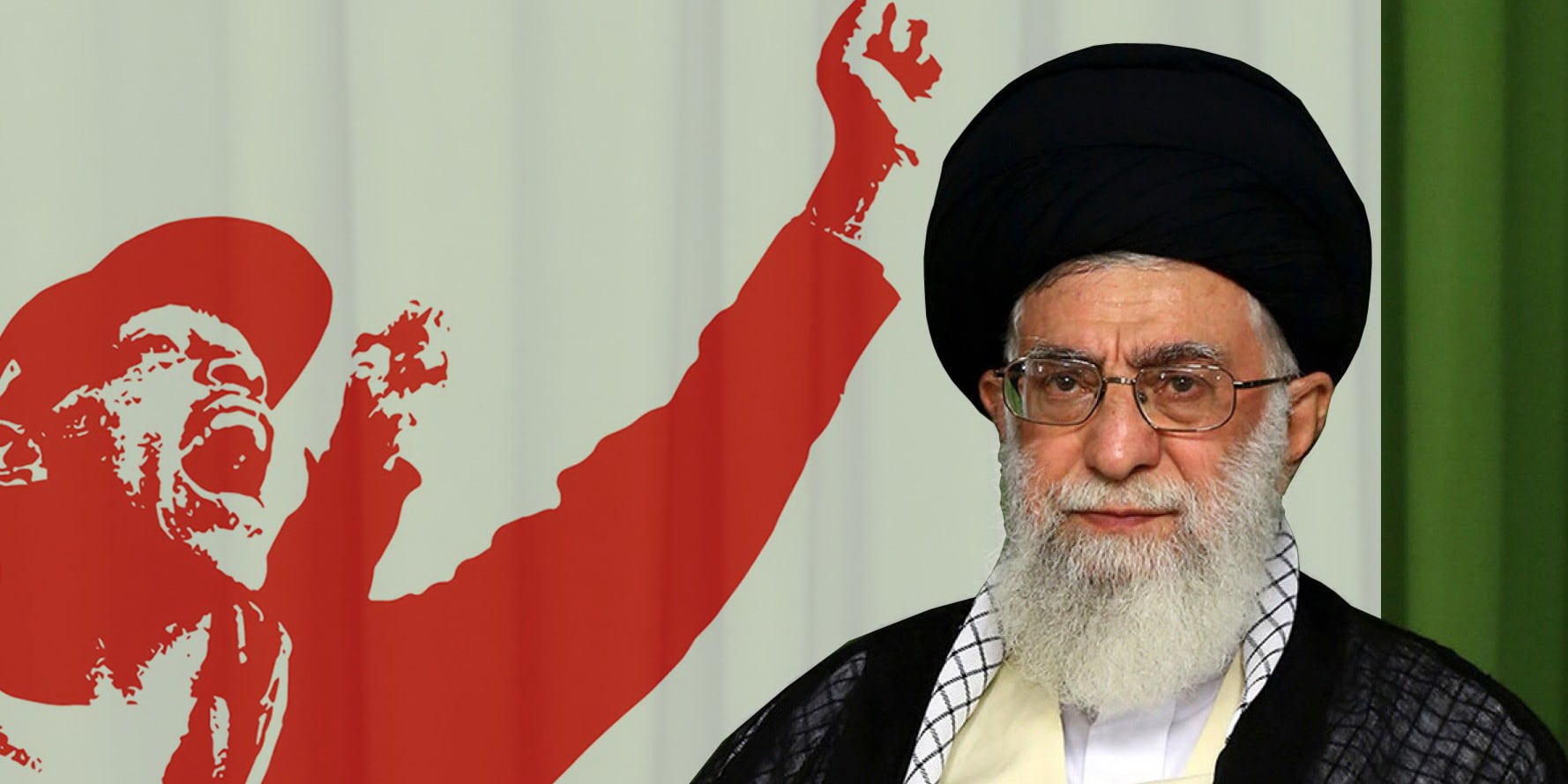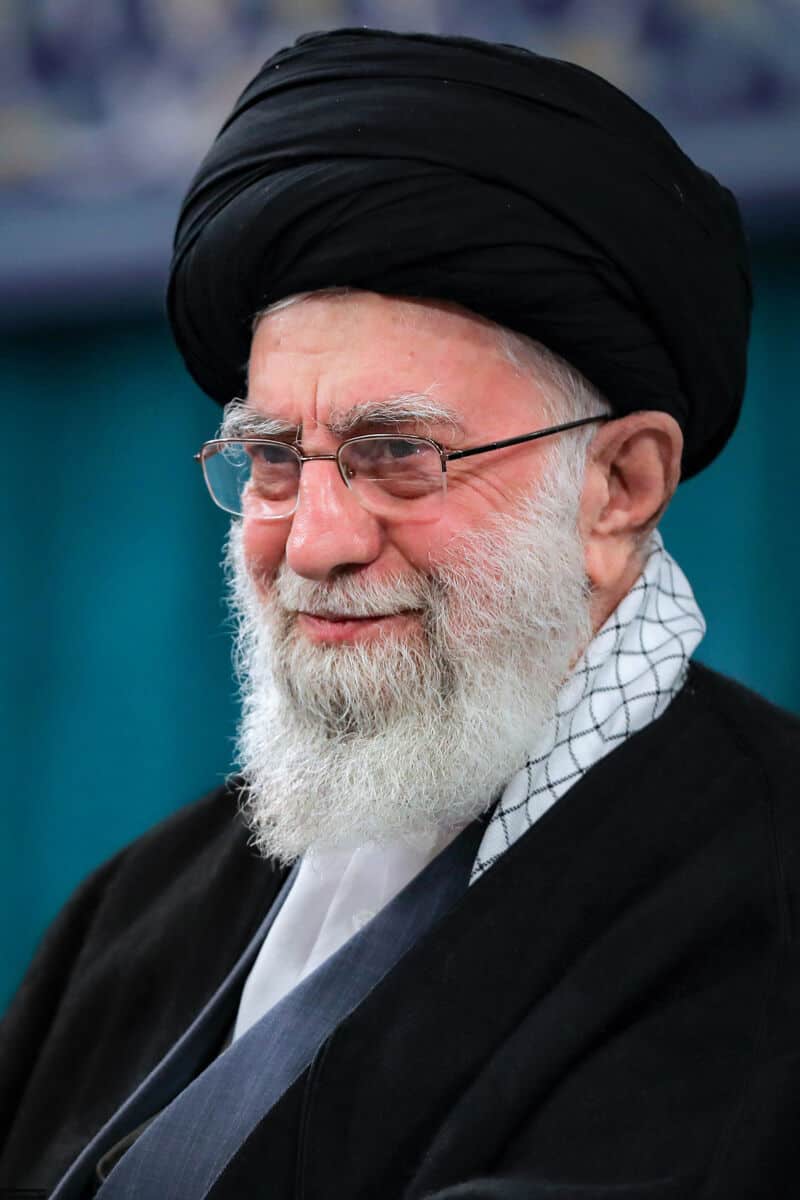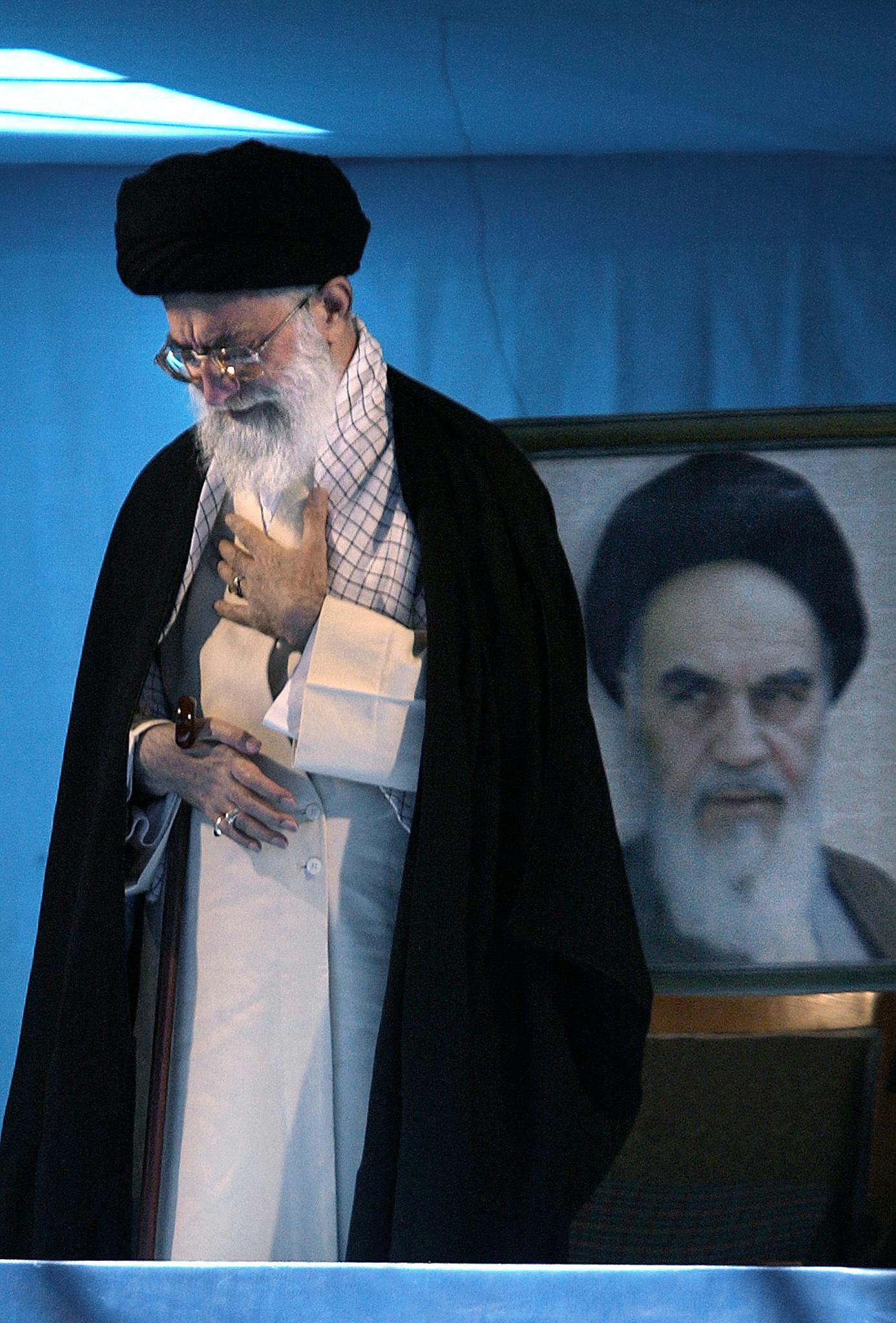Unveiling The Wealth Behind Ayatollah Ali Khamenei: A Detailed Analysis
Ali Khamenei, the Supreme Leader of Iran, has long been a figure of intrigue in global politics. While his role as a religious and political authority is well-documented, questions about his personal wealth often arise. The term "Ali Khamenei net worth" frequently surfaces in discussions, especially when examining the financial influence of Iranian leadership. This article delves into the complexities surrounding his wealth, exploring credible sources and separating fact from speculation. By understanding the financial mechanisms of Iran's leadership structure, we gain insight into how personal wealth intersects with political power.
As one of the most influential figures in Iran, Ayatollah Ali Khamenei's financial standing remains shrouded in mystery. Despite being a public figure, the details of his assets are rarely disclosed officially. This article aims to provide clarity on the topic, analyzing the various factors contributing to his estimated net worth. By breaking down the financial ecosystem that supports Iranian leadership, we aim to offer a balanced perspective on this often-contested subject.
Understanding the "Ali Khamenei net worth" requires examining not only his personal assets but also the broader financial systems that sustain Iran's political hierarchy. Through credible research and authoritative insights, this article provides a comprehensive overview of the wealth associated with one of the most powerful figures in the Middle East. Whether you're a political analyst or a curious reader, this deep dive will offer valuable insights into the financial dynamics of Iranian leadership.
Read also:Pining For Kim Trailblazer The Journey Of An Iconic Persona
Biography of Ali Khamenei
Before diving into the financial aspects, it's essential to understand the background of Ayatollah Ali Khamenei. Born on July 17, 1939, in Mashhad, Iran, Khamenei has been a central figure in Iranian politics for decades. His early life was marked by religious studies and activism, which eventually led him to become a key player in the Iranian Revolution of 1979. Below is a table summarizing his personal details:
| Full Name | Sayyid Ali Hosseini Khamenei |
|---|---|
| Date of Birth | July 17, 1939 |
| Place of Birth | Mashhad, Iran |
| Religion | Islam (Twelver Shia) |
| Occupation | Supreme Leader of Iran |
How Did Ali Khamenei Rise to Power?
Ayatollah Ali Khamenei's rise to power was marked by significant milestones in Iranian history. After the Iranian Revolution, he served as the President of Iran from 1981 to 1989. His leadership during this period solidified his reputation as a capable administrator and a staunch defender of the Islamic Republic's ideals. In 1989, following the death of Ayatollah Khomeini, Khamenei was appointed as the Supreme Leader, a position he continues to hold today.
What Are the Key Factors Contributing to Ali Khamenei Net Worth?
The financial standing of Ayatollah Ali Khamenei is influenced by several factors. As the Supreme Leader, he has access to significant state resources, including control over institutions like the Bonyads, which are large charitable foundations with substantial economic power. Additionally, his role in overseeing Iran's military and intelligence agencies provides him with access to lucrative contracts and investments. These elements contribute to the estimated "Ali Khamenei net worth," which remains a topic of debate among analysts.
Understanding the Wealth of Iranian Leadership
Does Ali Khamenei's Position Impact His Net Worth?
Ayatollah Khamenei's position as the Supreme Leader of Iran places him at the helm of a vast economic network. This network includes control over key industries, real estate, and financial institutions. While the Iranian government does not disclose specific financial details, analysts estimate that the collective wealth managed by institutions under Khamenei's influence is substantial. This raises questions about how personal wealth intertwines with institutional power.
How Much Is Ali Khamenei's Net Worth Estimated to Be?
Estimating the "Ali Khamenei net worth" is challenging due to the lack of official transparency. However, experts suggest that his personal wealth, combined with the assets under his control, could range from several hundred million to billions of dollars. This estimation includes properties, investments, and stakes in various industries. It's important to note that much of this wealth is tied to institutional holdings rather than personal accounts.
Financial Systems Supporting Iranian Leadership
What Role Do Bonyads Play in Ali Khamenei Net Worth?
Bonyads, or charitable foundations, play a crucial role in the financial ecosystem of Iranian leadership. These organizations, often under the control of high-ranking officials, manage vast economic resources. Ayatollah Khamenei's influence over these foundations significantly impacts his estimated net worth. By leveraging the assets of Bonyads, he ensures the financial stability of the Islamic Republic while maintaining personal wealth.
Read also:Exploring The World Of Movierulz 5 Kannada A Comprehensive Guide
Why Is Transparency Important in Discussing Ali Khamenei Net Worth?
Transparency in discussing the "Ali Khamenei net worth" is vital for understanding the dynamics of power in Iran. Without clear financial disclosures, it becomes challenging to assess the true extent of his wealth. This lack of transparency raises concerns about accountability and the potential misuse of state resources. As global scrutiny increases, calls for openness in financial matters grow louder.
Global Perspectives on Iranian Leadership Wealth
How Do International Observers View Ali Khamenei's Wealth?
International observers often scrutinize the wealth of political leaders, especially in countries with opaque financial systems. Ayatollah Ali Khamenei's estimated net worth is no exception. Critics argue that his access to vast economic resources undermines democratic principles, while supporters claim it is necessary for maintaining stability in Iran. This debate highlights the complexities of evaluating leadership wealth in authoritarian regimes.
What Questions Remain Unanswered About Ali Khamenei Net Worth?
Despite extensive research, several questions about the "Ali Khamenei net worth" remain unanswered. How much of his wealth is tied to personal accounts versus institutional holdings? What measures are in place to ensure transparency and accountability? These questions continue to fuel discussions among analysts and policymakers worldwide.
Conclusion: The Intersection of Wealth and Power
The "Ali Khamenei net worth" is a complex topic that intersects with broader issues of power, politics, and economics. By examining the financial systems supporting Iranian leadership and understanding the role of institutions like Bonyads, we gain valuable insights into the wealth of one of the most influential figures in the Middle East. As transparency becomes increasingly important in global politics, the discussion surrounding Ayatollah Ali Khamenei's wealth will undoubtedly continue to evolve.
Table of Contents
- Biography of Ali Khamenei
- How Did Ali Khamenei Rise to Power?
- What Are the Key Factors Contributing to Ali Khamenei Net Worth?
- Understanding the Wealth of Iranian Leadership
- Does Ali Khamenei's Position Impact His Net Worth?
- How Much Is Ali Khamenei's Net Worth Estimated to Be?
- Financial Systems Supporting Iranian Leadership
- What Role Do Bonyads Play in Ali Khamenei Net Worth?
- Why Is Transparency Important in Discussing Ali Khamenei Net Worth?
- Global Perspectives on Iranian Leadership Wealth
- How Do International Observers View Ali Khamenei's Wealth?
- What Questions Remain Unanswered About Ali Khamenei Net Worth?
Article Recommendations


